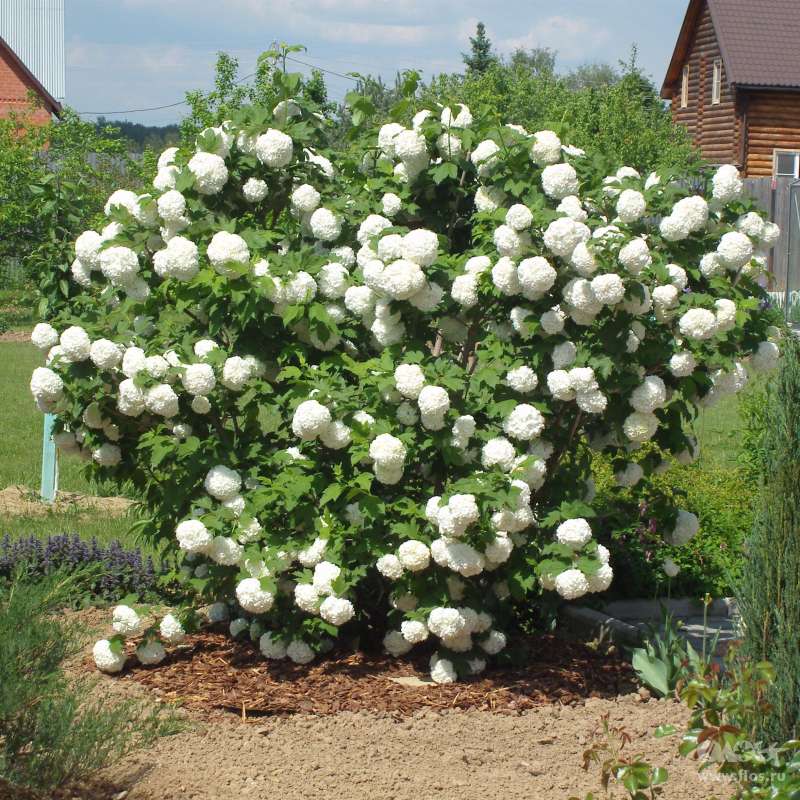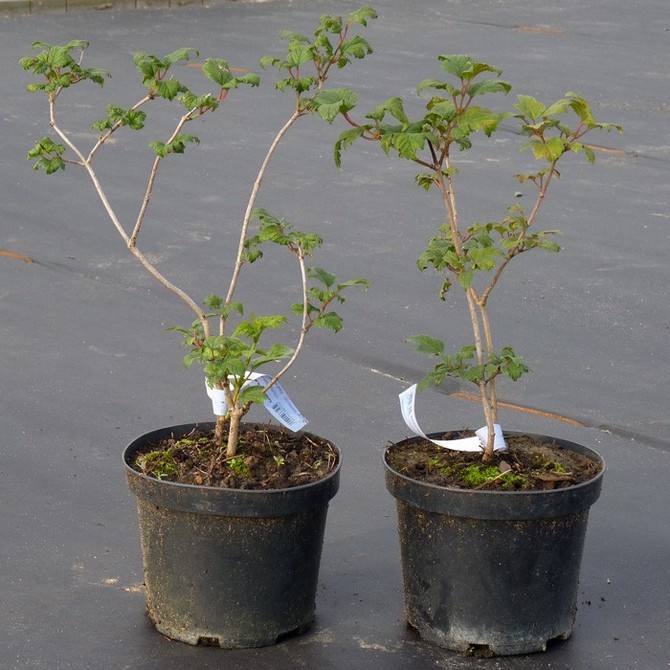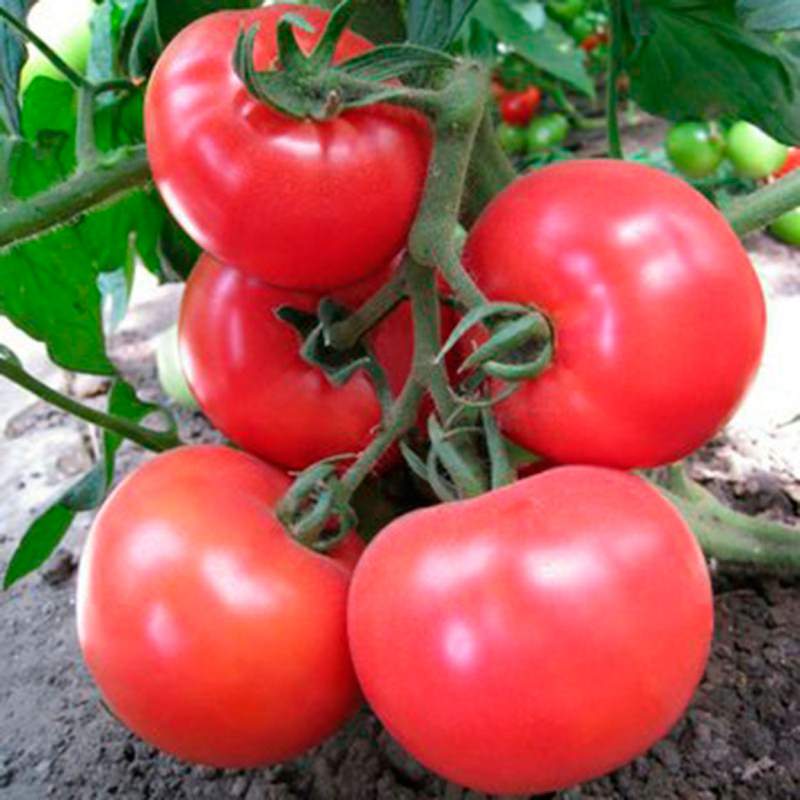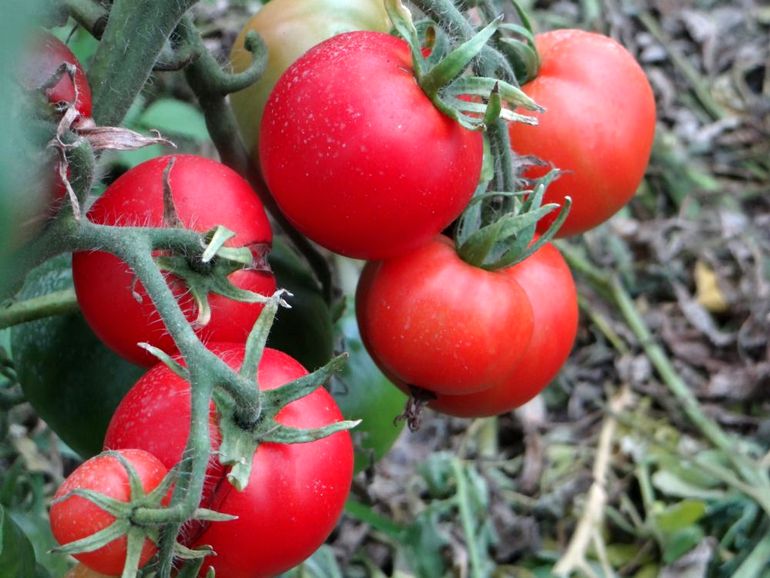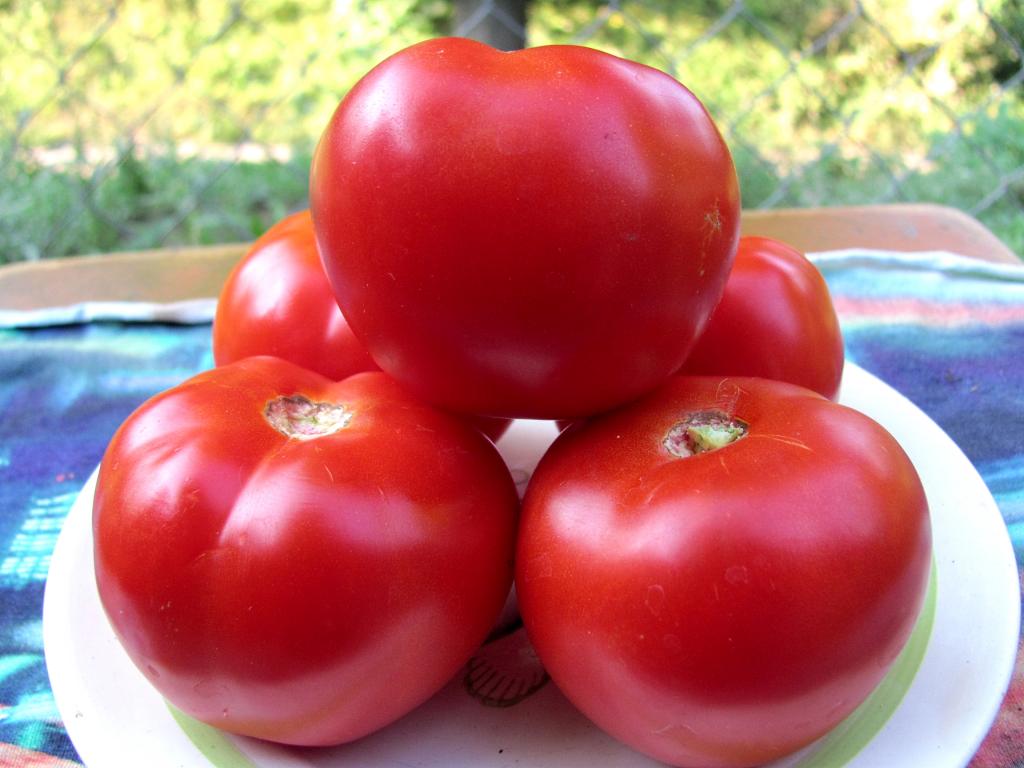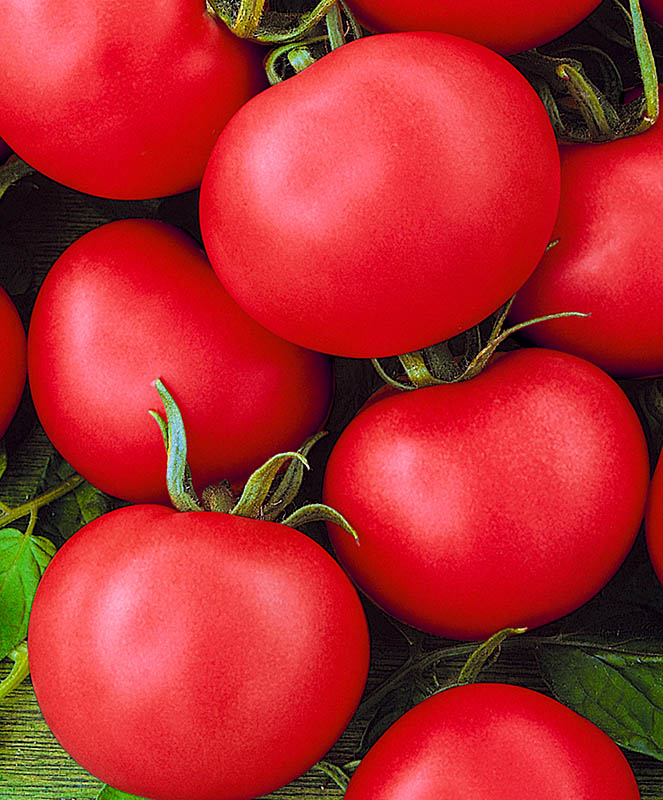Content:
Kalina has long been valued and revered as a plant that can drive away evil spirits from the home. In any case, popular belief endows her with such qualities. In Russia, a rare yard did without a viburnum bush near the house. Wreaths were woven from its branches, bouquets of berries and leaves were used to decorate the home. The plant participated in wedding ceremonies, celebrations associated with the birth of children. Viburnum seedlings are still in great demand. Recently, there has been a tendency to grow it in summer cottages. One of the most popular is the variety of viburnum Roseum.
General description of the culture
Previously, for a number of morphological characters, viburnum was classified by botanists as a plant belonging to the Honeysuckle family. Later, the culture was separated into a separate Adoksov family. In the wild today, Kalina is distributed almost everywhere. It can be found in open areas, even more often it forms thickets along the banks of rivers. Its ruby berries attract birds, which spread the seeds over long distances.
Biologically, viburnum refers rather to shrubs, although it can grow in the form of a low tree. The plant is deciduous and self-fertile. For pollination, it needs pollen from other varieties. Viburnum fruits are drupes with a bitter taste. Bitterness disappears only after freezing. The seed inside the berry is large and takes up almost a third of its weight. Under favorable growing conditions, viburnum can live for decades and is considered a real long-liver.
Viburnum vulgaris Roseum belongs to the decorative varieties that do not form berries. It is often used in collective planting, combining with other plants. However, experts recommend more individual arrangement, when the bush appears in all its splendor.
Variety characteristics
Decorative viburnum Roseum can grow up to 3 m and have a crown volume up to 4 m wide. This is a sprawling plant. The rest of the description boils down to the following:
- The leaves are green, with three or five lobes. In autumn, they become yellow or purple in color.
- The crown is dense, spreading. Gives an annual growth of up to 30 cm. The peak of plant development falls on the 8th year after planting.
- Flowering begins in late May and lasts 3 weeks. The flowers gradually change from greenish to white.
- At the peak of flowering, the inflorescences look like snow balls. Their size can reach 15 cm.
- The culture is light-loving, lush flowering can be obtained only with an abundance of sun.
- Viburnum Roseum is considered frost-resistant.
In favor of the decorativeness of this variety, the abundance of inflorescences, which are amazing in their size and brightness, speaks. One plant can simultaneously contain up to hundreds of "snowballs". Resistance to low temperatures makes it possible to grow the common viburnum Viburnum opulus roseum throughout the CIS, although in especially frosty winters with little snow, the plant will need shelter.
Some may confuse Roseum with another type of decorative viburnum - Buldenezh (a French variety). Both boast equally lush blooms and large buds. Differences between Roseum and Buldenezh viburnum can be observed in the color of the petals closer to the end of the flowering period.In Roseum, the inflorescences acquire a pink tint, while the French variety remains snow-white to the end. Buldenezh is distinguished by the fact that its flowers are double. But the "Frenchwoman" loses to simple viburnum in frost resistance.
Landing, choosing a place
It is better to plan the planting of viburnum in early spring or late autumn. For spring planting, any method of propagation of a bush is suitable:
- division,
- cuttings,
- layering.
In the fall, it is permissible to plant a bush only using the division of the rhizome. This is an extremely simple way. It is necessary to separate, together with a lump of earth and roots, young shoots growing next to the mother plant, and transplant it to a new place.
To obtain layering, the lower branch is simply bent to the ground and secured with a metal pin. From above, the shoot is lightly sprinkled with earth. The pinned branch must be regularly moistened so that it takes root faster. After this happens, the lapel is separated and planted in a permanent place.
Planting by cutting is more laborious. As a planting material, the top of the shoot with 7-9 buds is cut off and rooted in the greenhouse, regularly watering and maintaining the desired temperature. The seedling is planted in the ground next spring. If the plant was strong, it gives good growth immediately after transplanting.
When choosing a place, you should give preference to a sunny area. It's good if there is a reservoir nearby. In its absence, you will have to pay attention to regular watering. Unlike many other plants, viburnum likes the high occurrence of groundwater, which feeds it with moisture.
The planting pit should be 80 cm deep and 60x60 in size. The bottom is filled with drainage, on top of which a nutrient mixture of humus compost and mineral fertilizers is laid. After applying top dressing, the hole is abundantly moistened and a viburnum seedling is planted, be sure to deepen the root collar by 5 cm. From above, the hole is filled with fertile garden soil and slightly compacted. After planting, another watering is performed and the soil is mulched with sawdust or foliage.
Care features
The plant can grow and develop without leaving at all. But the dimensions of the bush will not be so impressive in this case. The decorative qualities of the viburnum are manifested in all their glory only with regular watering, top dressing, and formative pruning:
- The moisture-loving plant should be watered as often as possible. The signal for the next watering will be dried soil near the bush. It is very difficult to exceed the required amount of moisture. The more water, the better for viburnum. If moistening occurs regularly and in sufficient quantity, the bush will give good growth, and its inflorescences will amaze with their size.
- When feeding, the shrub will grow lush. The first time to fertilize will need to be 2-3 years after planting. At first, the plant will have enough supply of fertilizers that is available in the hole. The first top dressing of the season should contain nitrogen fertilizers, it is better to apply it in the spring, at the time of the swelling of the buds. The second feeding is carried out at the stage of leaf fall. It should be dominated by elements such as phosphorus and potassium.
- Annual pruning promotes the emergence of new shoots and leaves, the crown of the shrub will become denser, which will increase its decorative effect. This does not apply to young plants. Up to 2 years, the bush is not pruned. It is best to form a viburnum in early spring, before the activation of growth processes. If necessary, pruning can be repeated at the end of the season - in late autumn.You also need to regularly remove faded inflorescences.
Another pest dangerous for viburnum is aphids. In case of a massive attack of insects, it is better to use industrial insecticides, for example, Iskra, Aktara. It is necessary to carry out the treatment in dry, calm weather. The rain will nullify all efforts to eradicate parasites. Biological product Fitoverm is harmless, but no less effective.
About the advantages and disadvantages of Roseum viburnum
The advantages of the variety, first of all, include its decorative qualities. The plant looks great, being a tapeworm, and can beautify group plantings. A viburnum bush, planted by the reservoir, will create a romantic and tender atmosphere. Landscape designers appreciate Roseum for its abundant bloom in early summer.
On the site viburnum Roseum will look great next to lilacs, black elderberries, peonies. It perfectly tolerates polluted air and can be grown even in the city, decorating the area near the house with huge snow-white balls of inflorescences. Today, viburnum can be increasingly found in city parks and squares.
